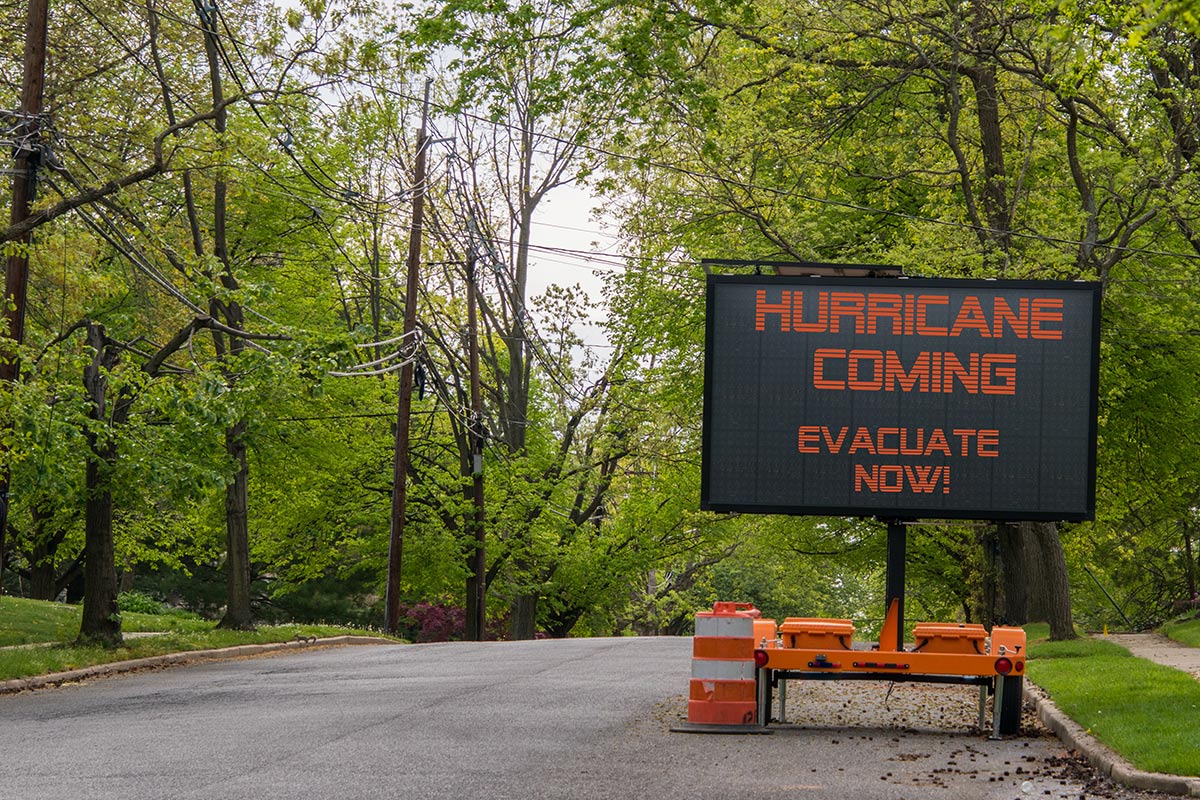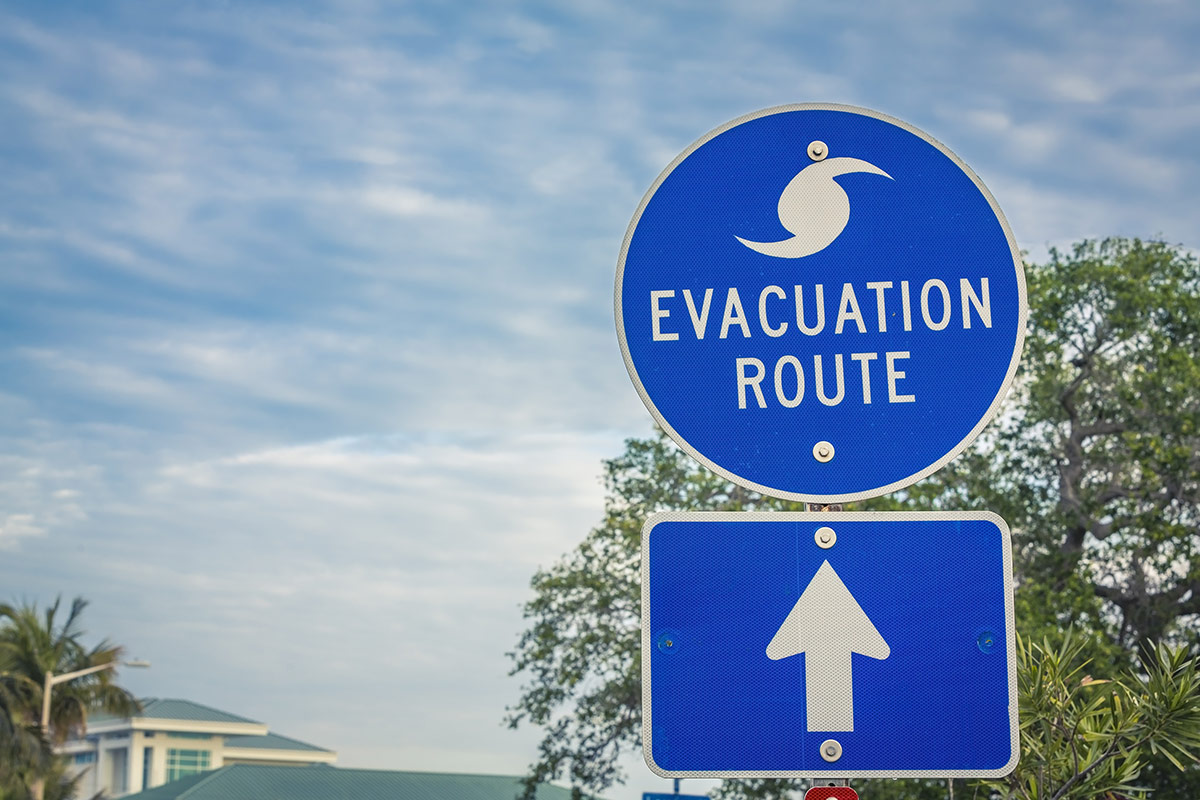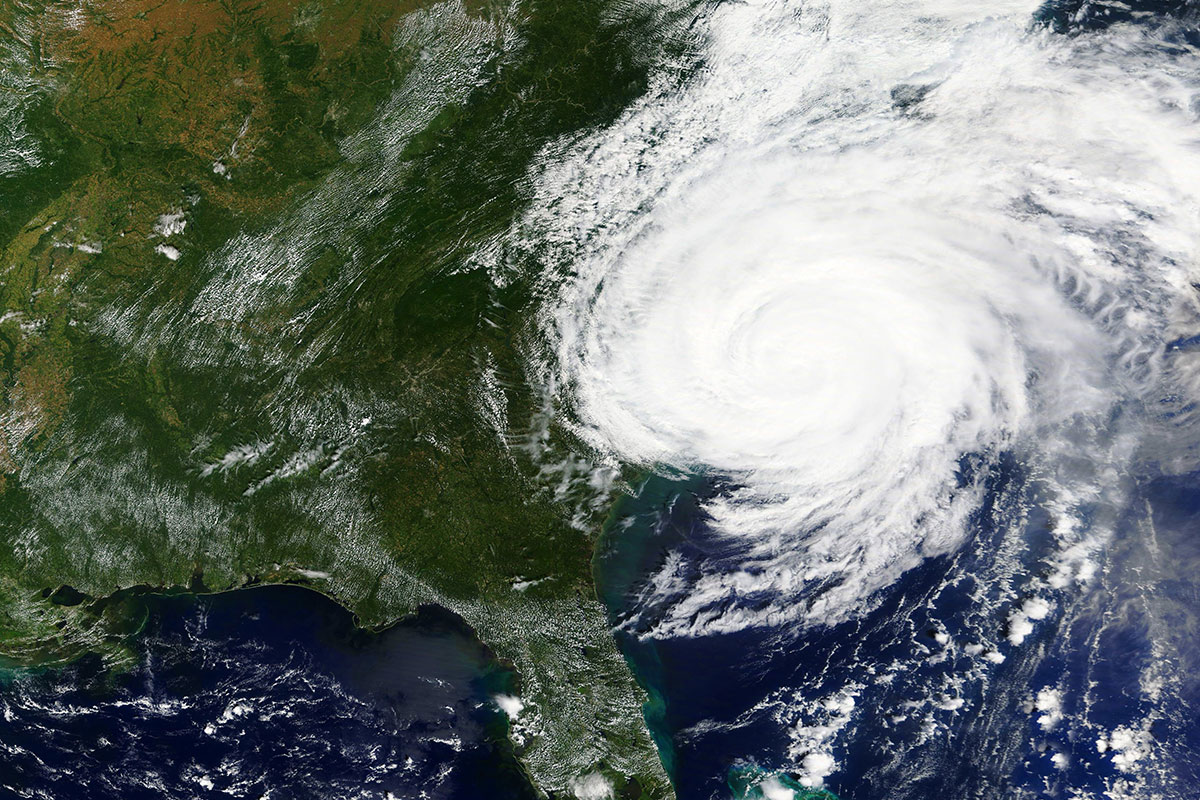
For decades, meteorologists and governments have warned communities in coastal areas of an imminent tropical cyclone using the Saffir-Simpson Hurricane Wind Scale. The Saffir-Simpson Hurricane Wind Scale categorizes a tropical cyclone based on its maximum wind speed, and is used in defining evacuation strategies and humanitarian response. However, the Saffir-Simpson Hurricane Wind Scale considers only the wind hazard of a tropical cyclone, but a tropical cyclone can also cause severe conditions through its high storm surges and extreme rainfall, triggering coastal and inland flooding.
Consequently, the Saffir-Simpson Hurricane Wind Scale fails to mirror the tropical cyclone’s total severity. As was seen with past hurricanes, such as Hurricane Florence which impacted the Carolinas, many people stopped evacuating when they were given information that Florence had been downgraded, and was no longer registered as a “major” hurricane (based on the Saffir-Simpson Hurricane Wind Scale) as it was approaching landfall. Some people even returned from their evacuation.

To better serve the public, a team from the University of South Florida (USF) and Vrije Universiteit Amsterdam have collaborated to develop a new scale measuring tropical cyclone severity. Dr. Jennifer Collins (USF), graduate student Amy Polen (USF), and their colleagues from Vrije Universiteit Amsterdam, have created what is termed the “Tropical Cyclone Severity Scale”. This new scale would have still considered Hurricane Florence a major hurricane, which would likely have resulted in very different evacuation behavior and ultimately saved lives.
The USF pair, Collins and Polen, next plan to evaluate public perception of hurricane evacuation decision making with the use of the new Tropical Cyclone Severity Scale in comparison to the currently used Saffir-Simpson Hurricane Wind Scale. With this information, Collins and her team will be able to present the potential impact of the scale to other researchers and meteorologists for further discussions on whether officials should consider discontinuing the Saffir-Simpson hurricane scale for use in communicating with the public, and determine if they should consider an alternative scale for implementation, such as the one Collins and her team proposed.
If a scale like the Tropical Cyclone Severity Scale is utilized, the research team asserts that people would be better prepared for a hurricane by understanding the risks of not just the wind risk, but the water hazards as well.
Bloemendaal, N., Hans de Moel, Jantsje M. Mol, P. Bosma, A. N. Polen, and J.M. Collins, 2021. Adequately Reflecting the Potential Impact of Tropical Cyclones Using the New Tropical Cyclone Severity Scale. Environ. Res. Lett. 16 (1).
